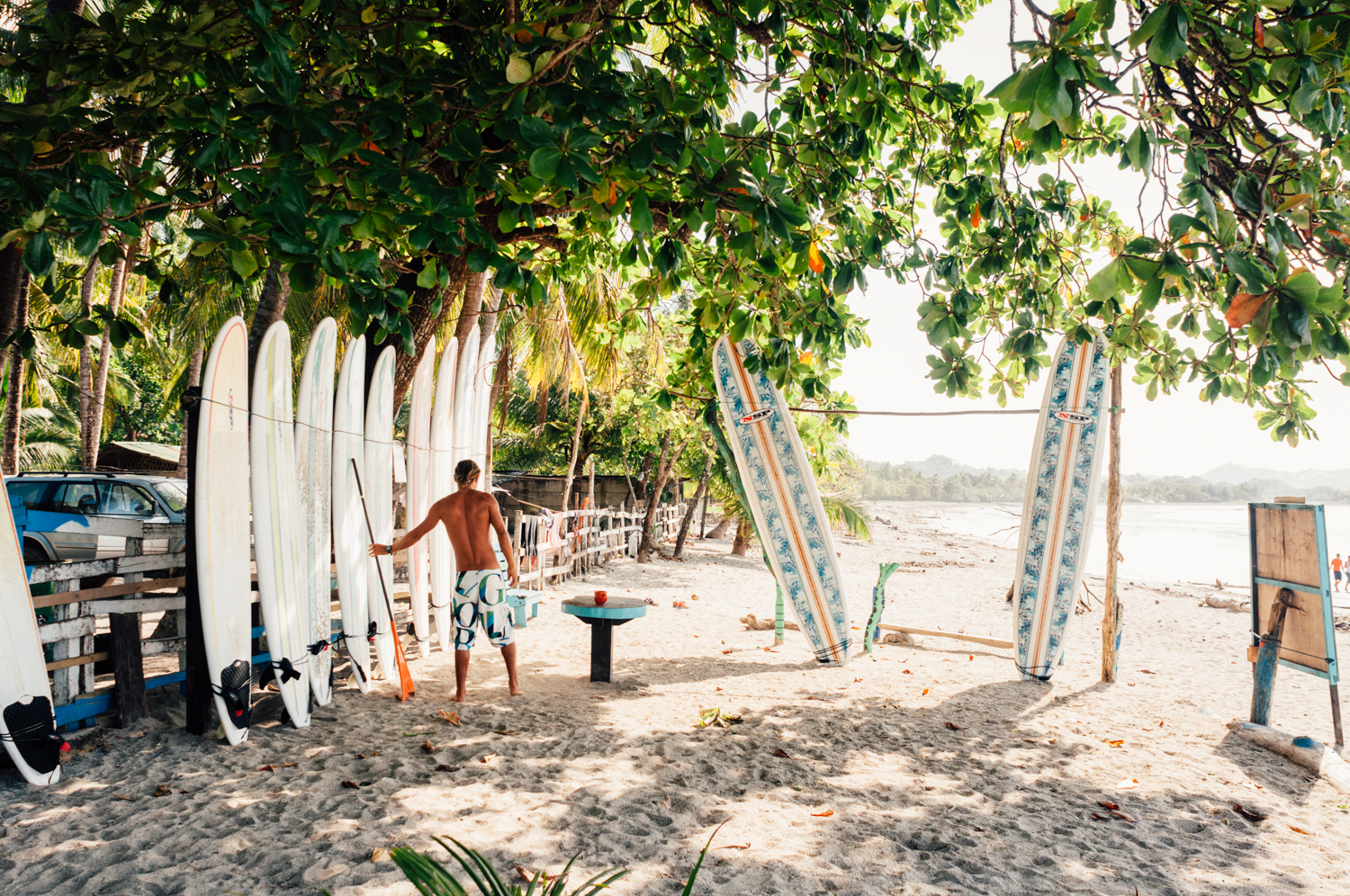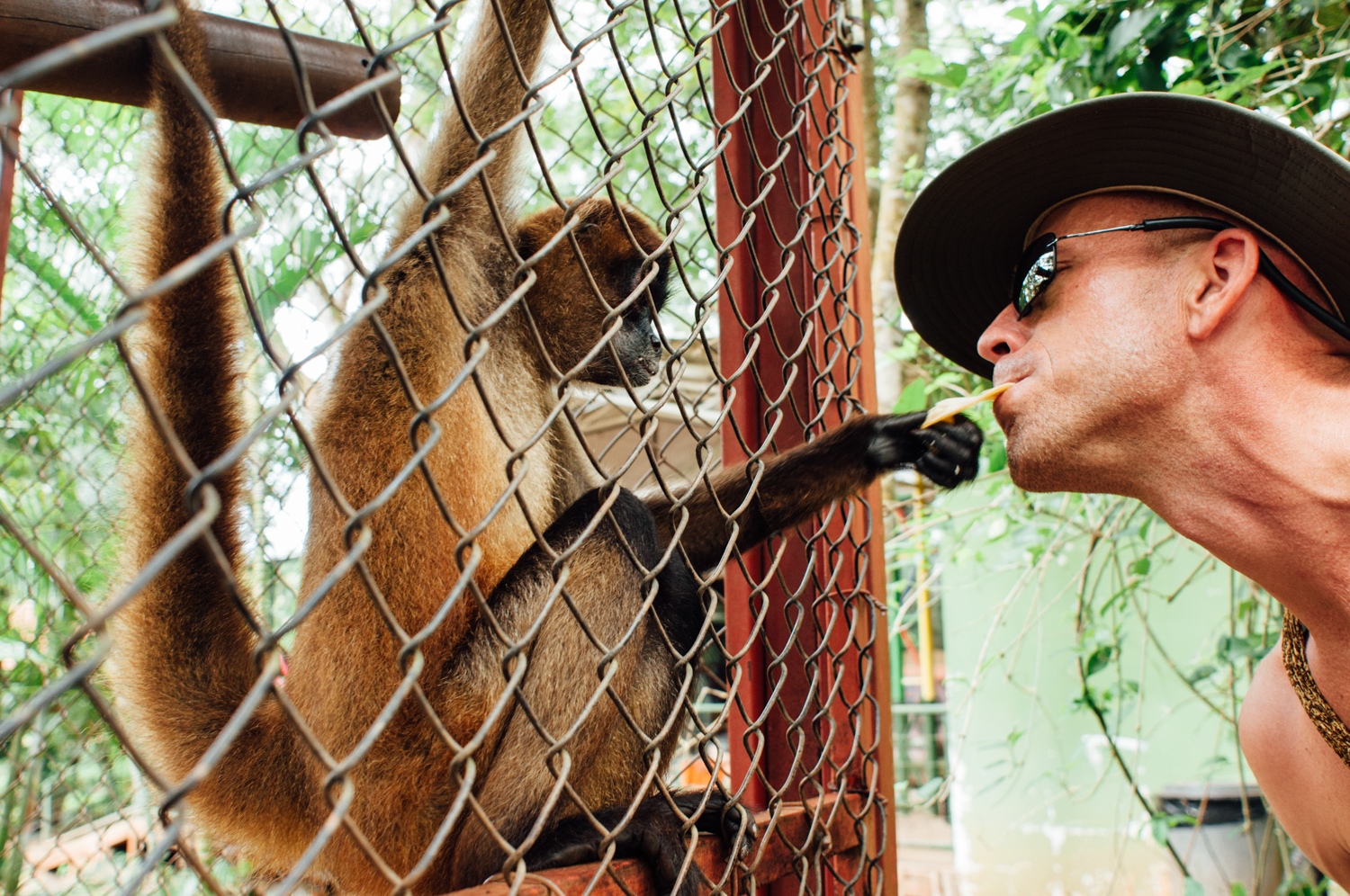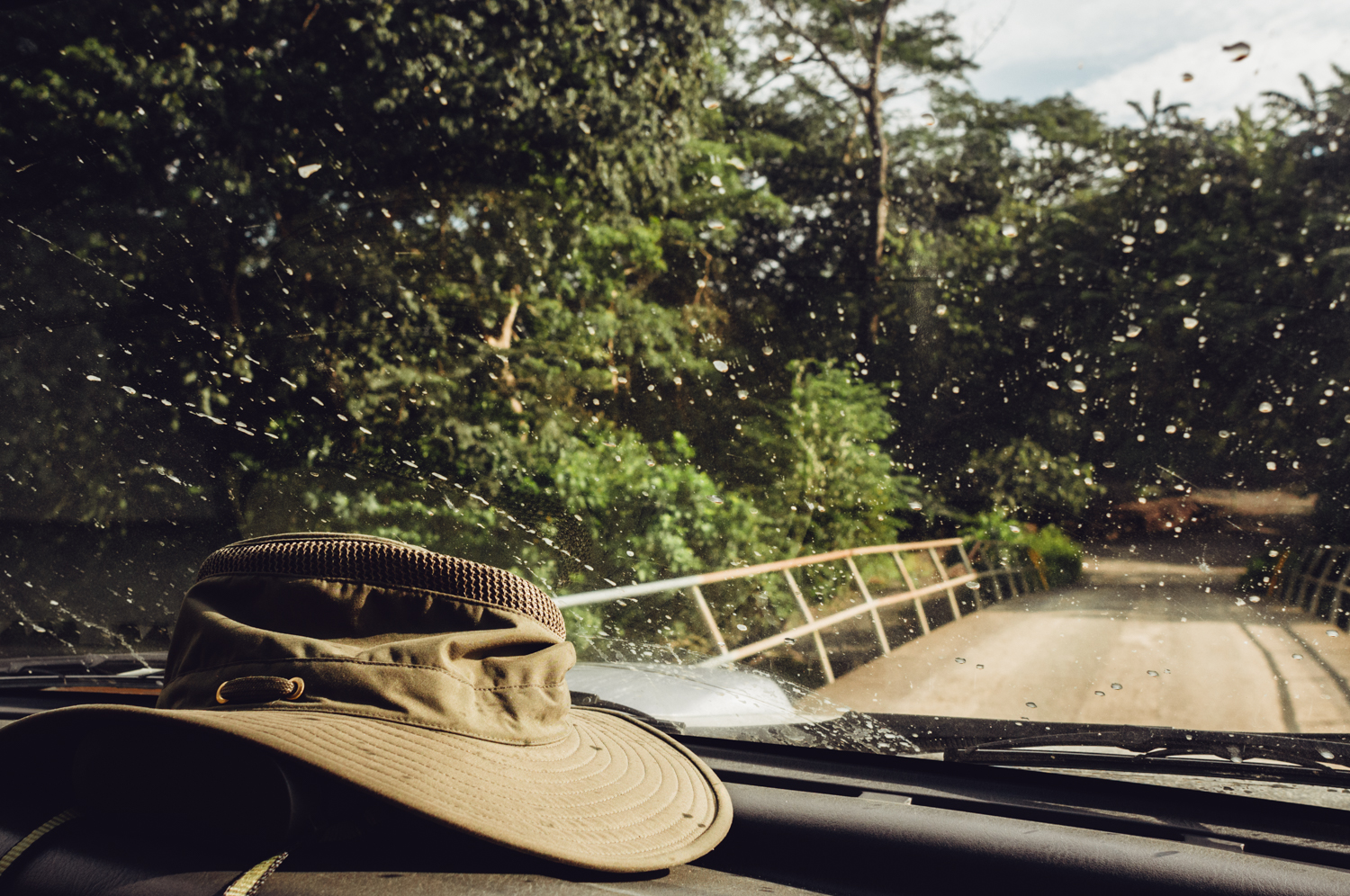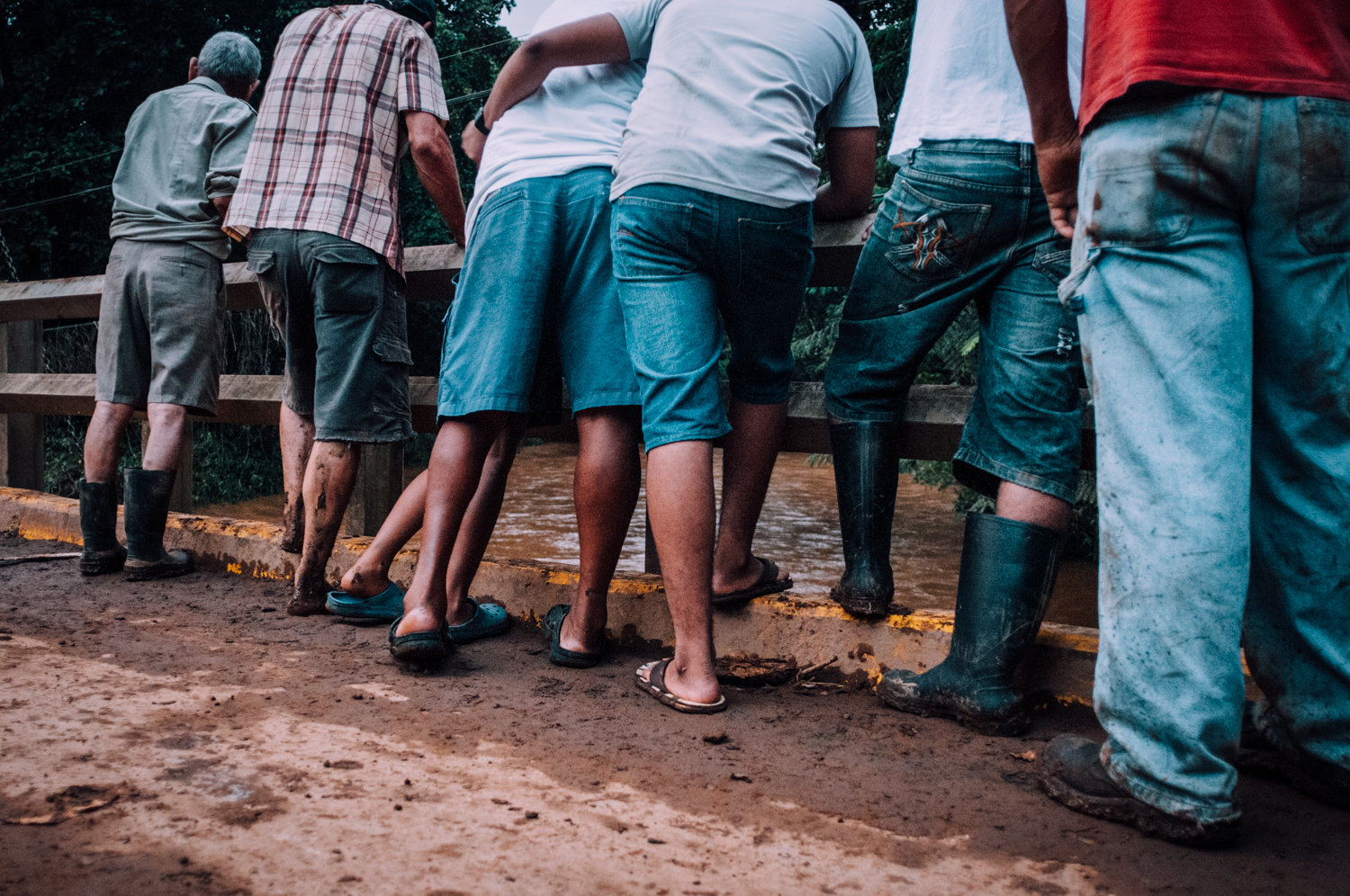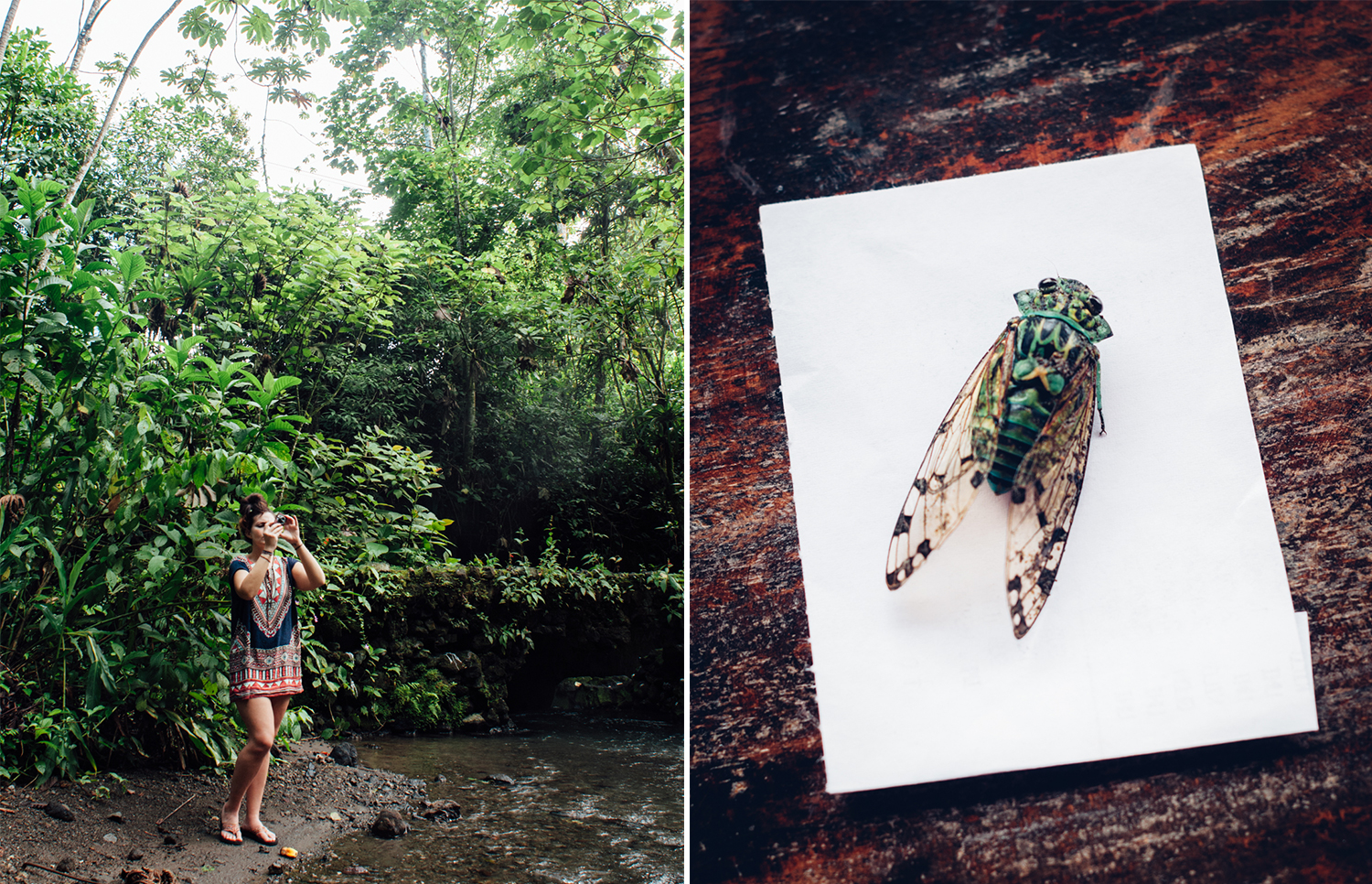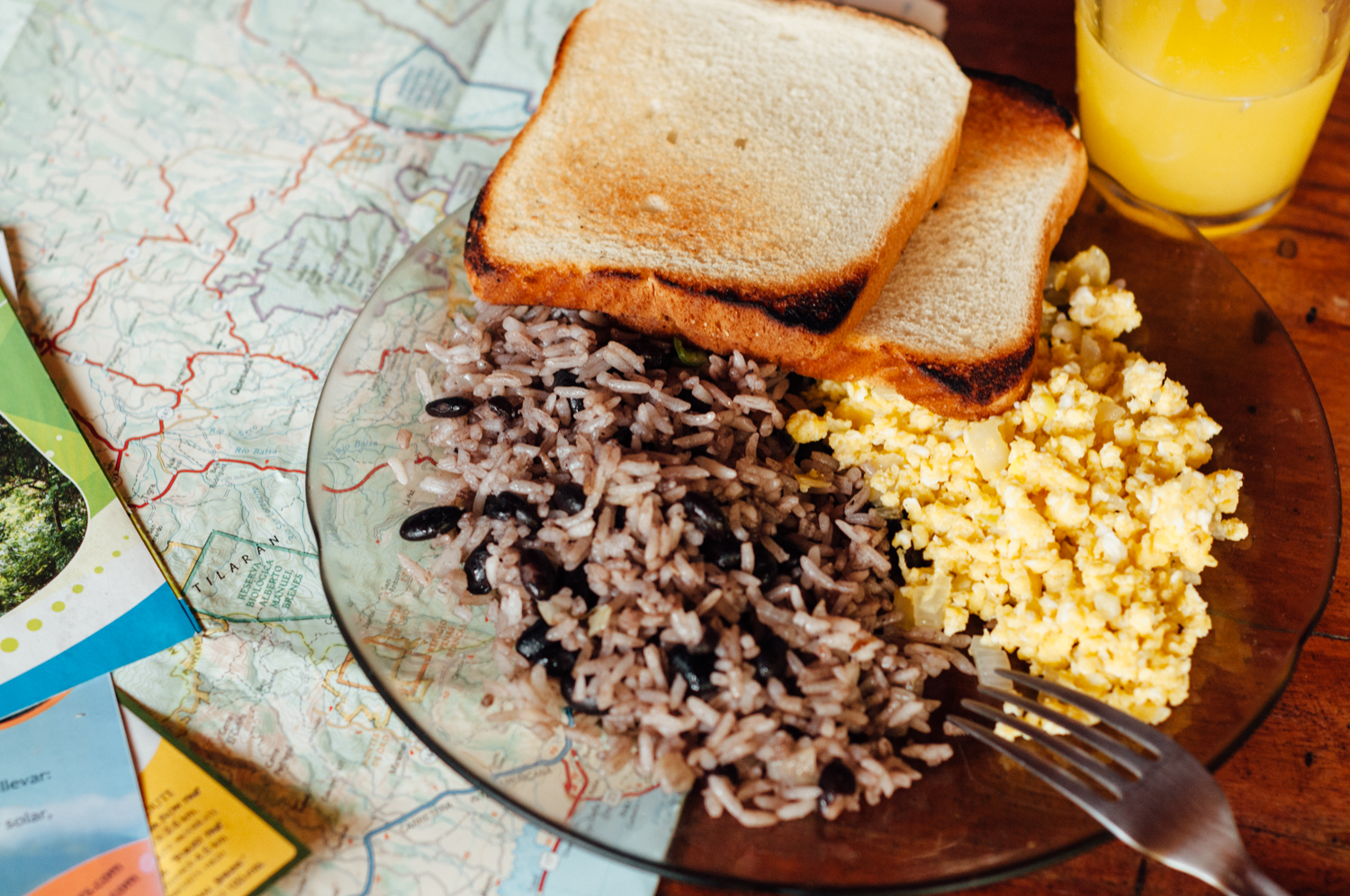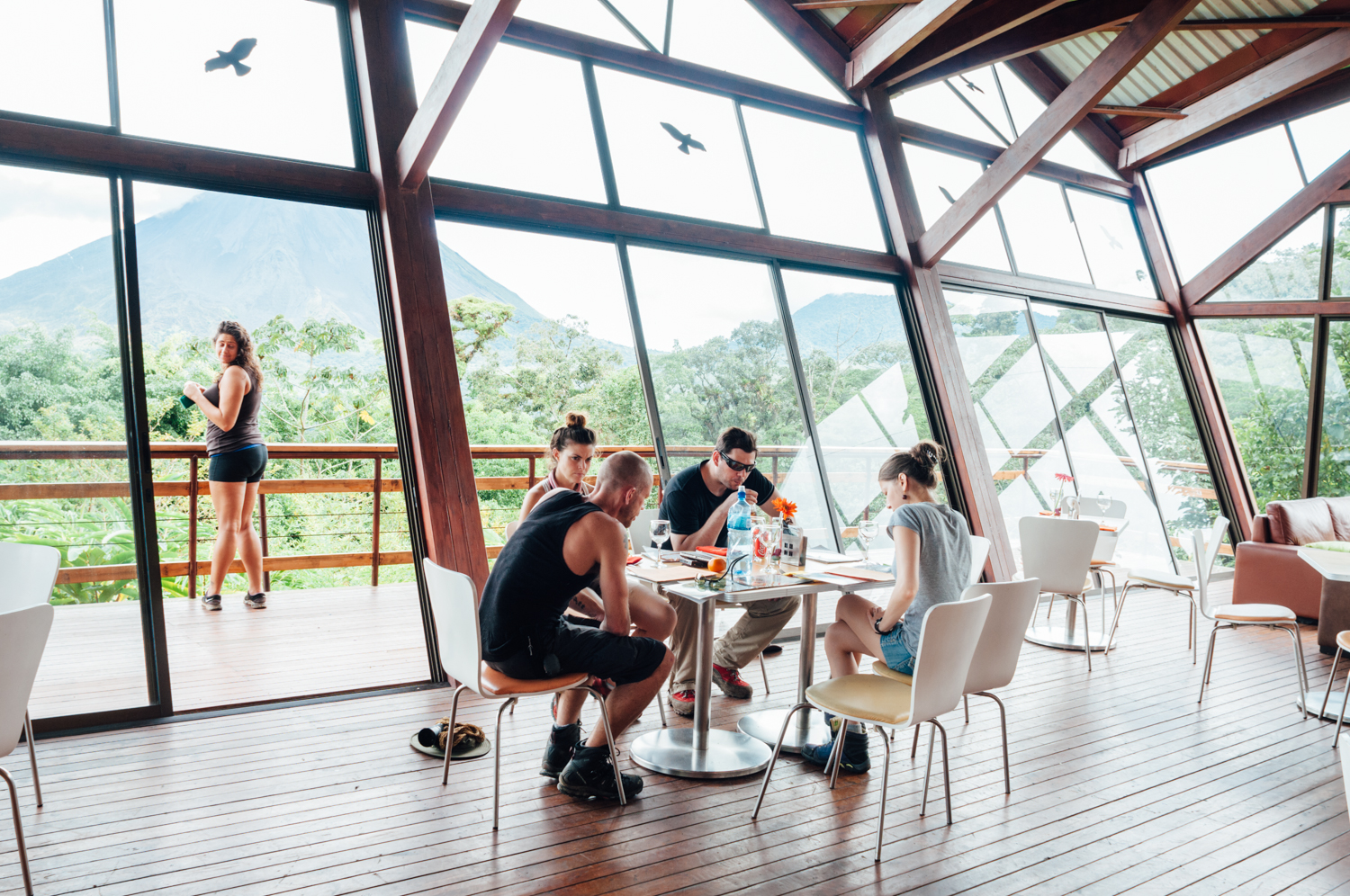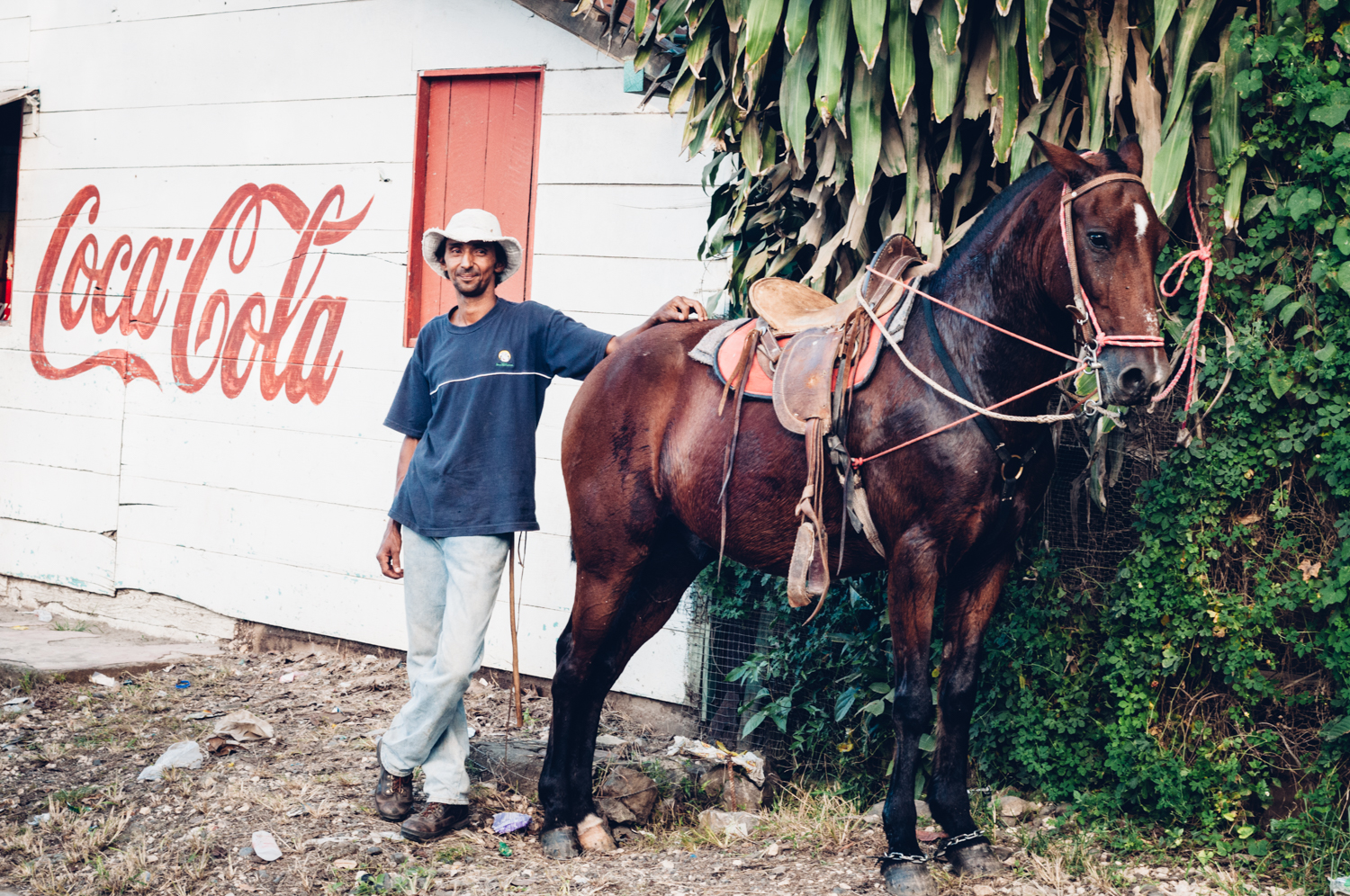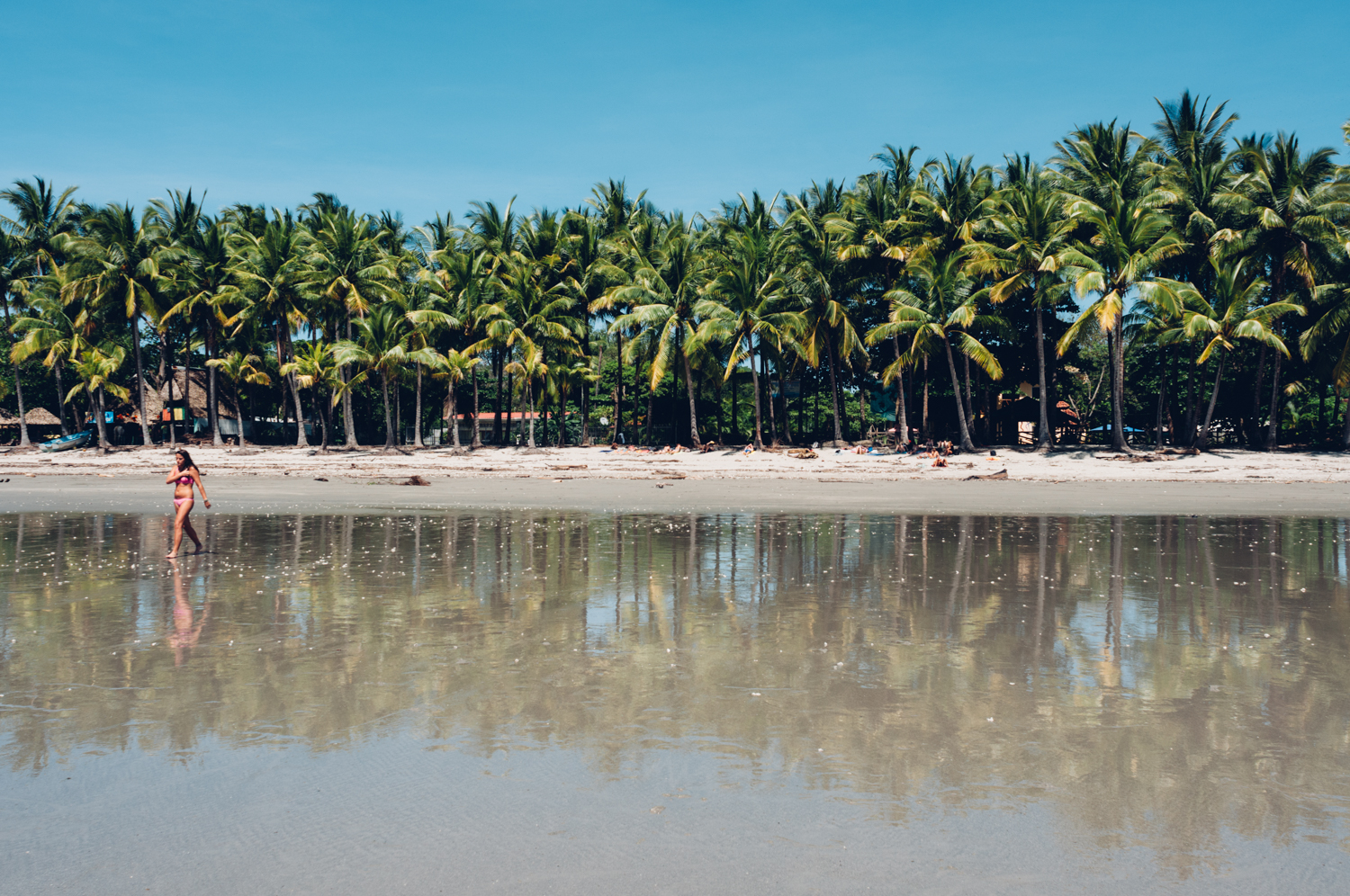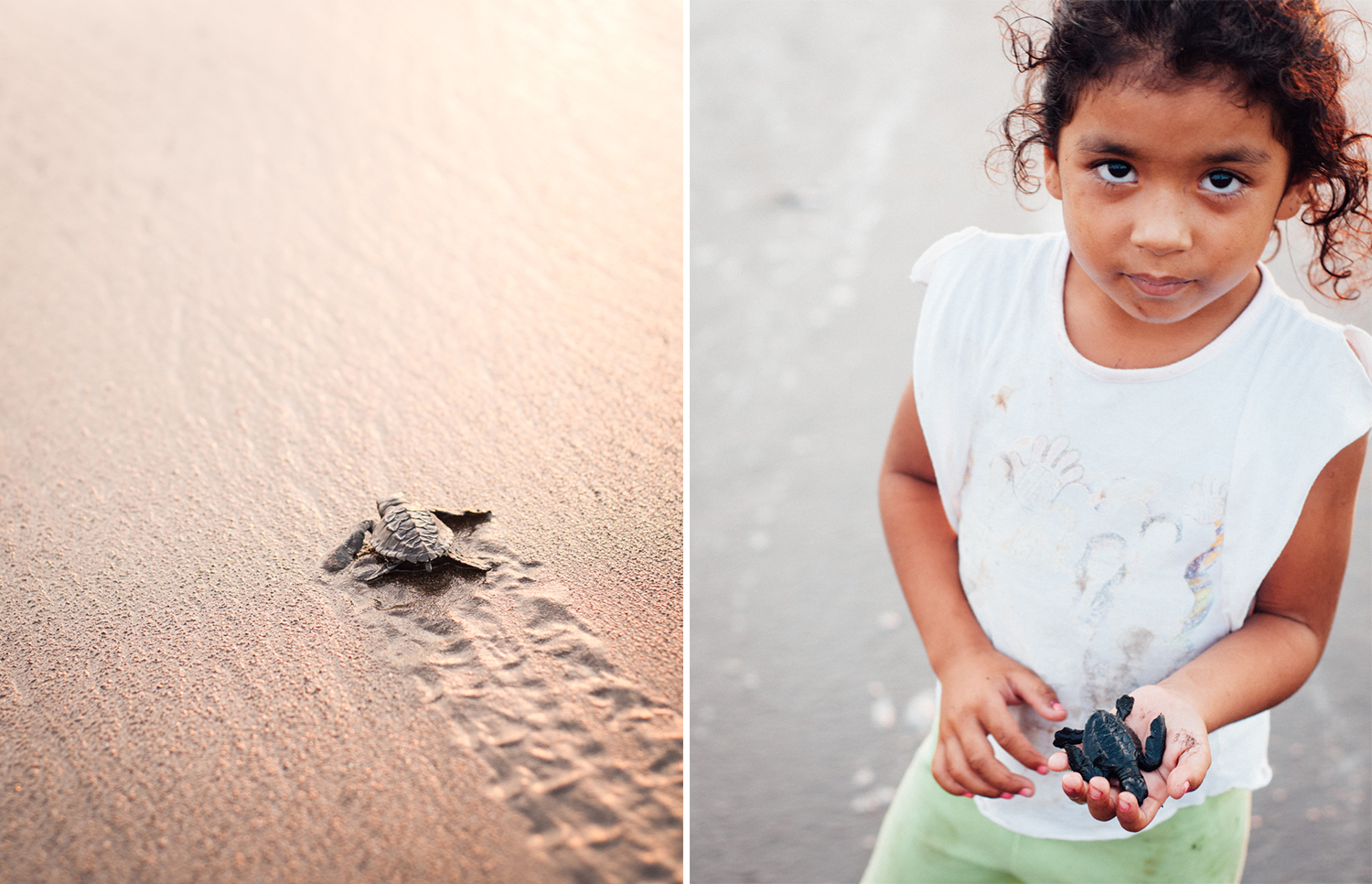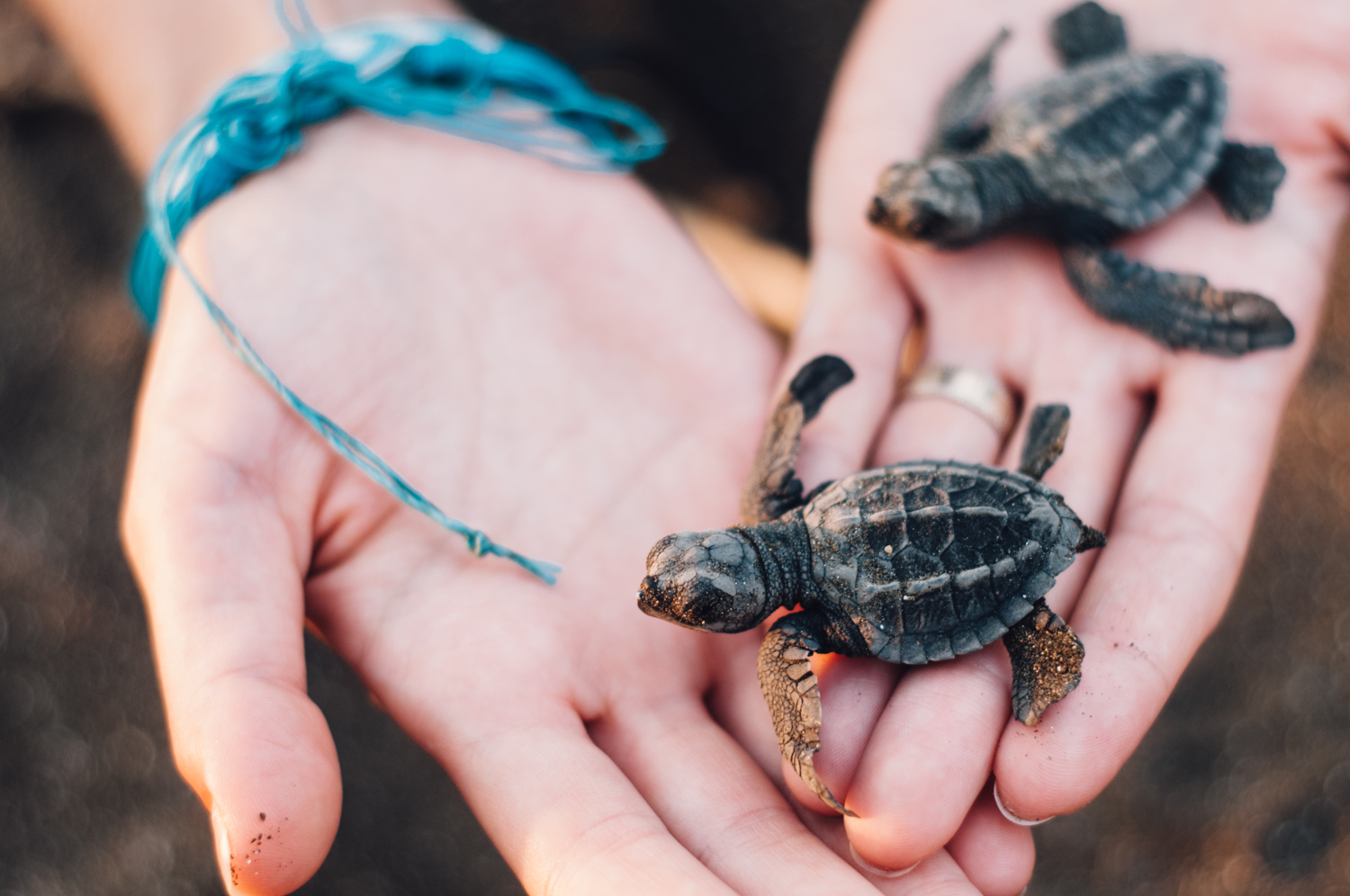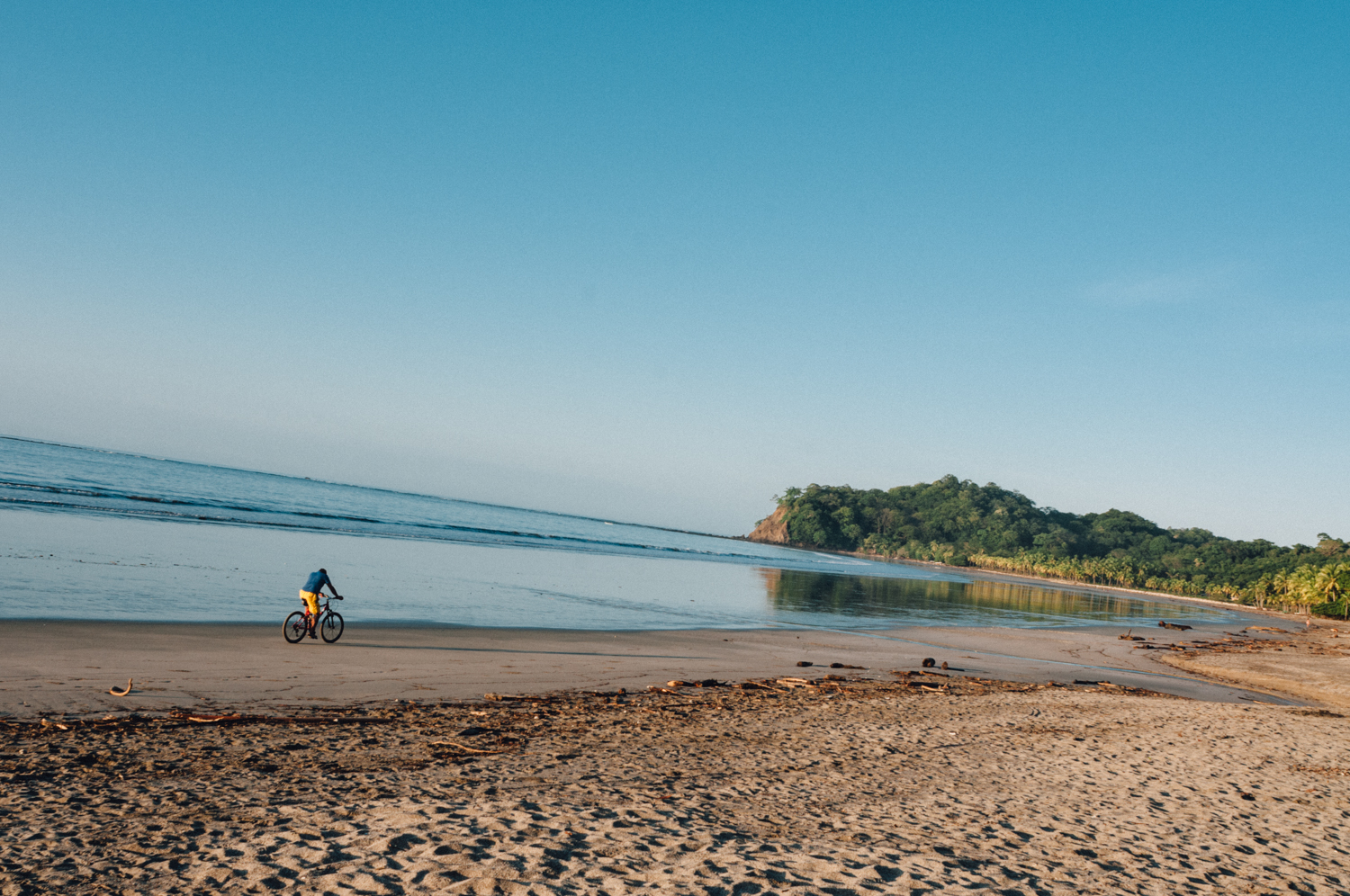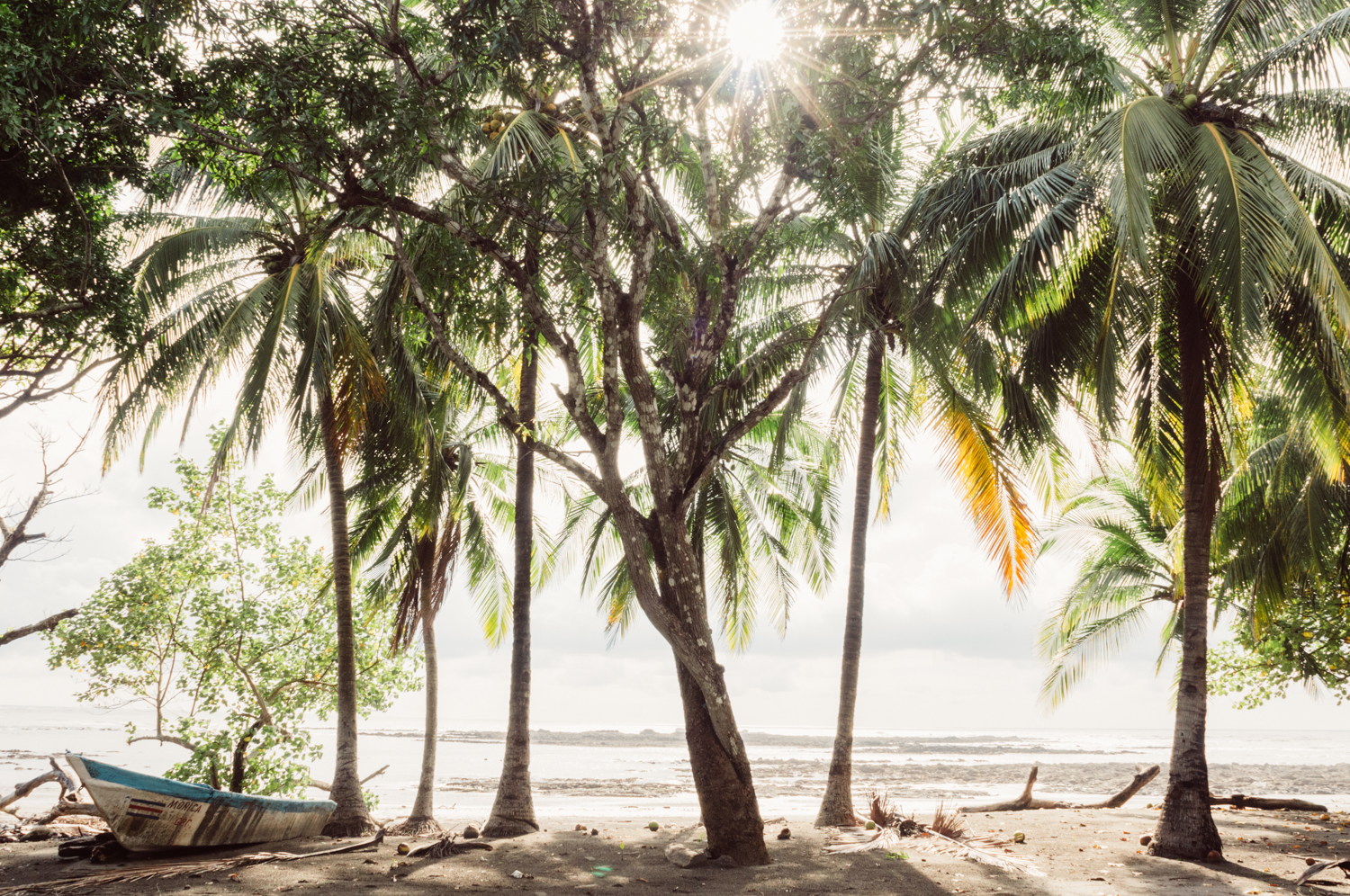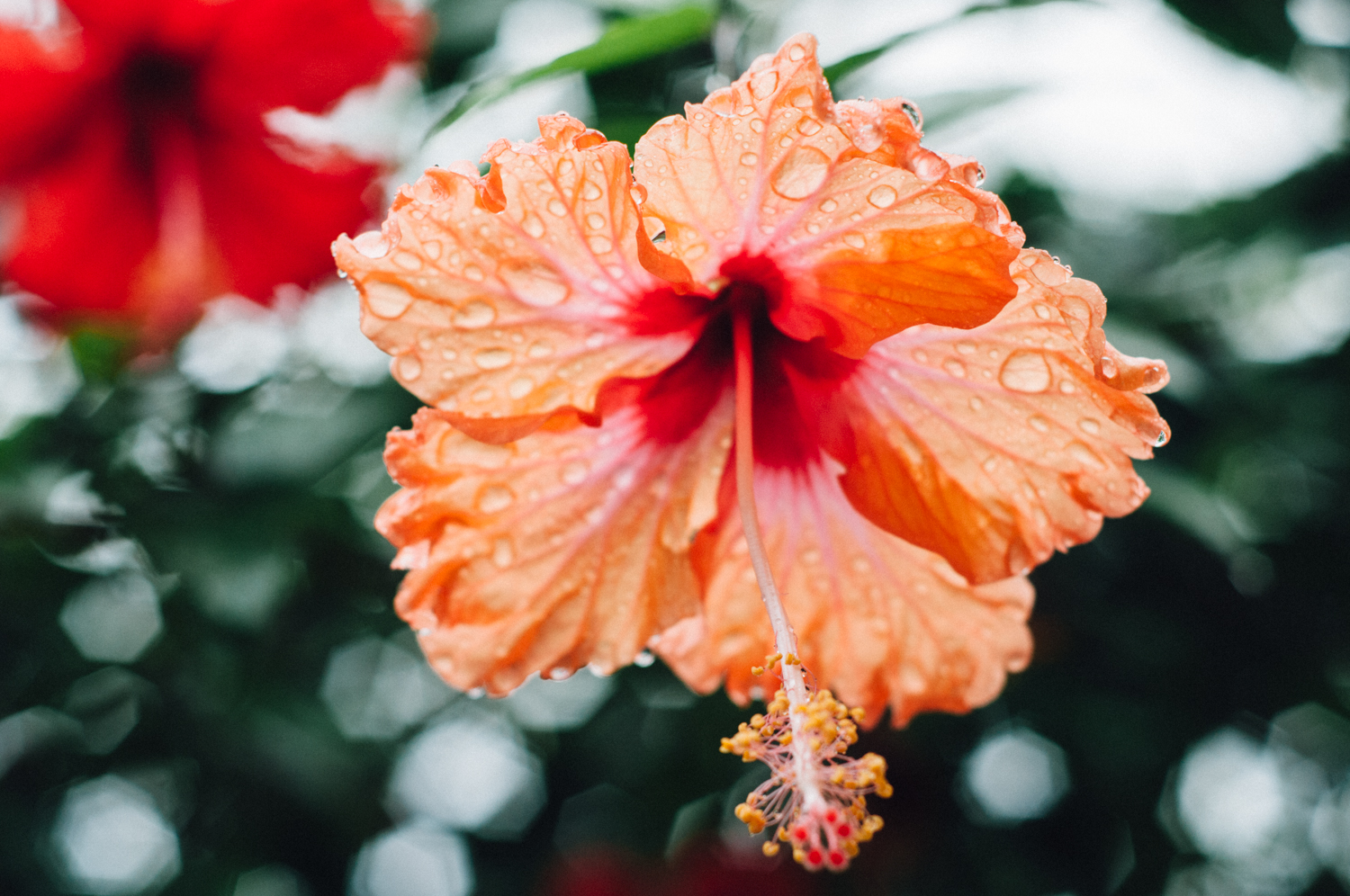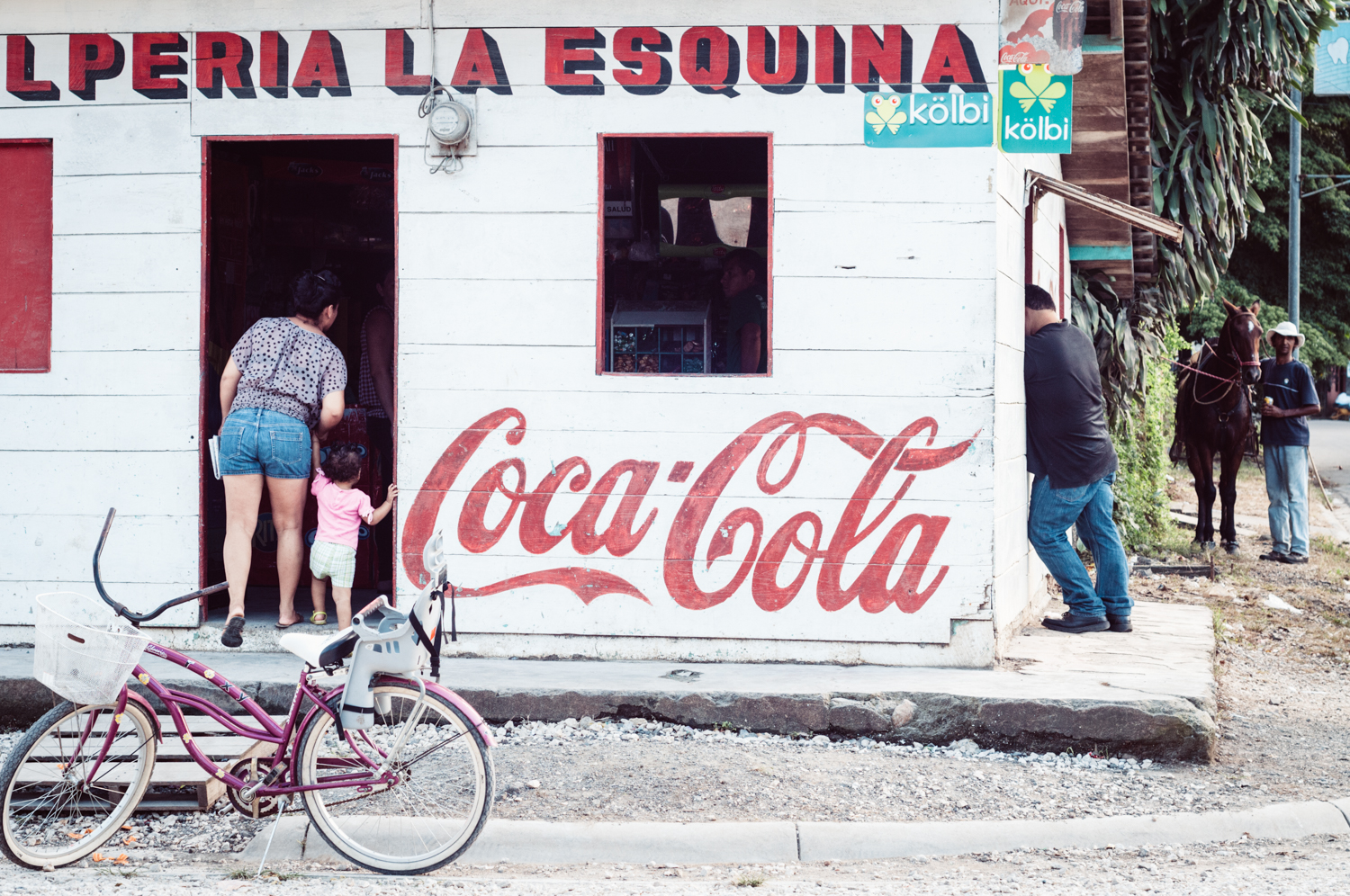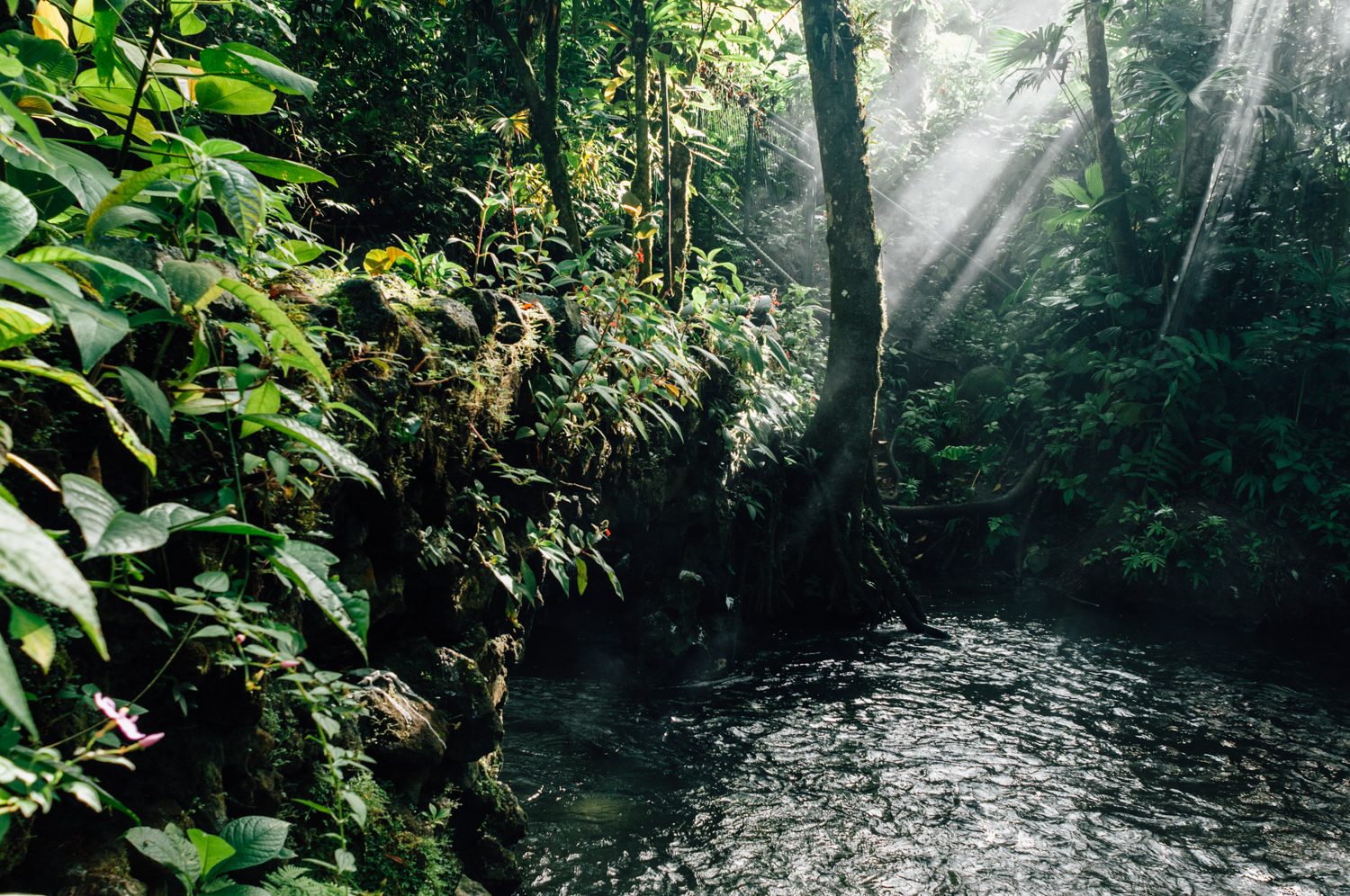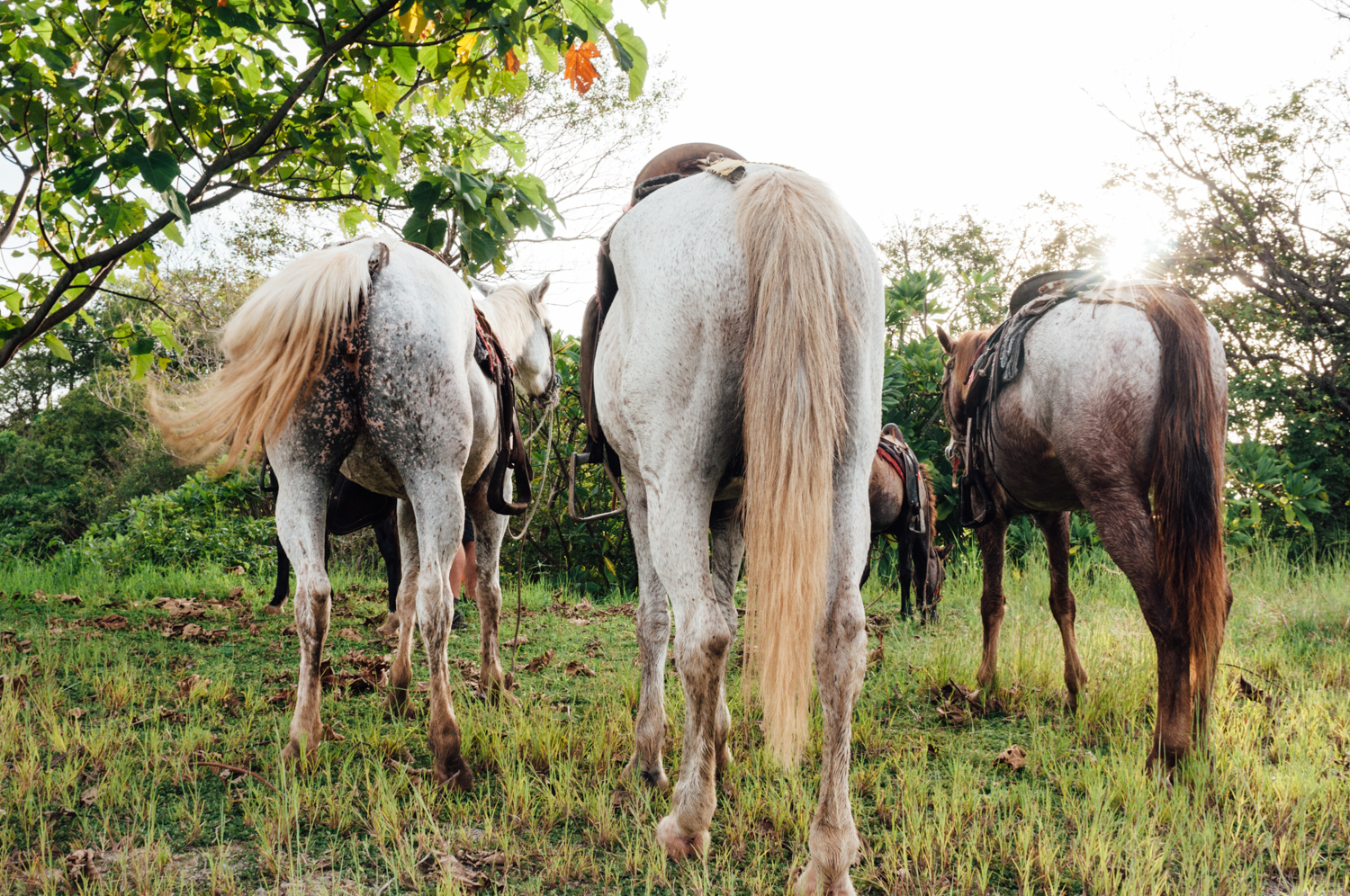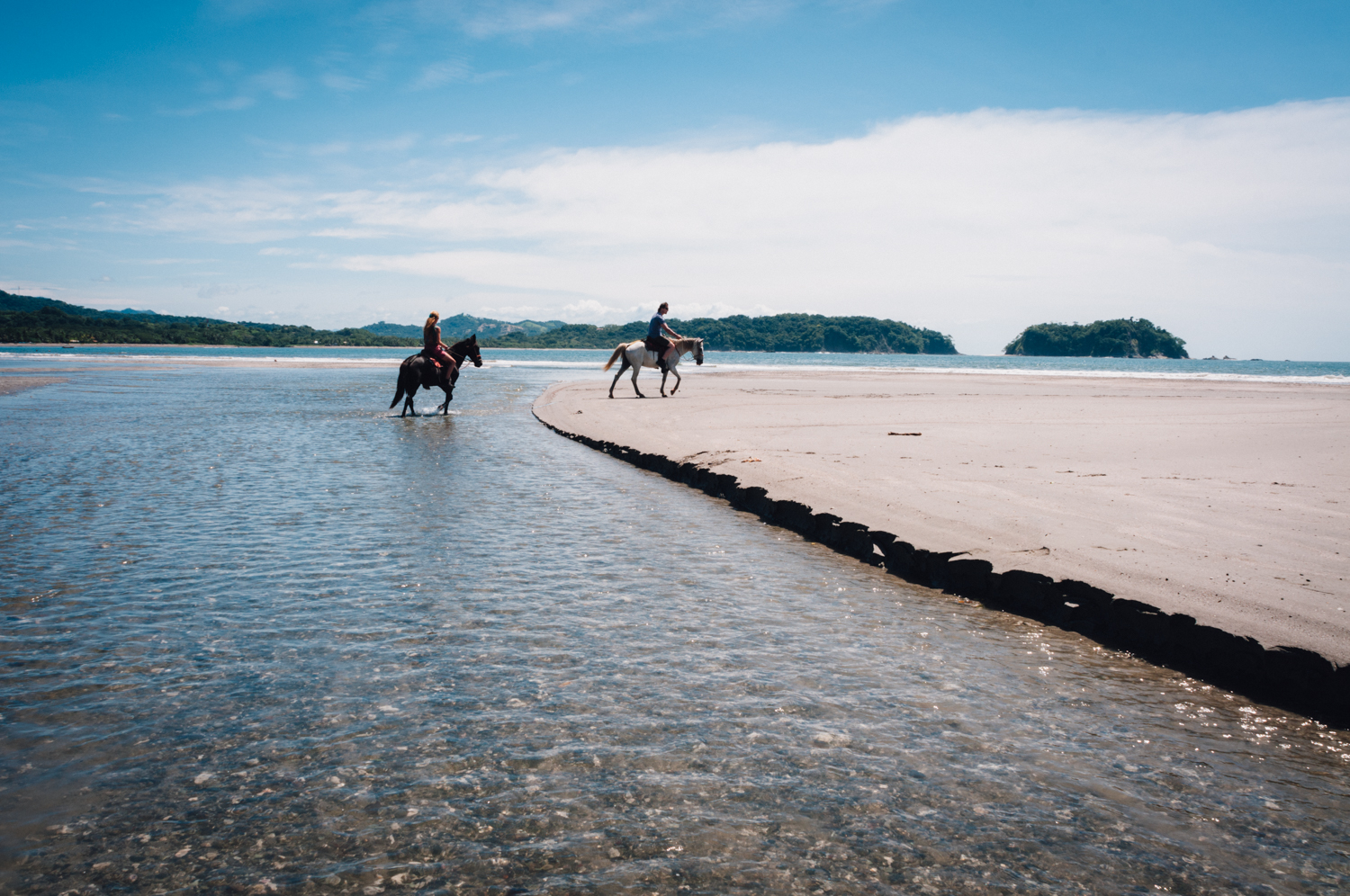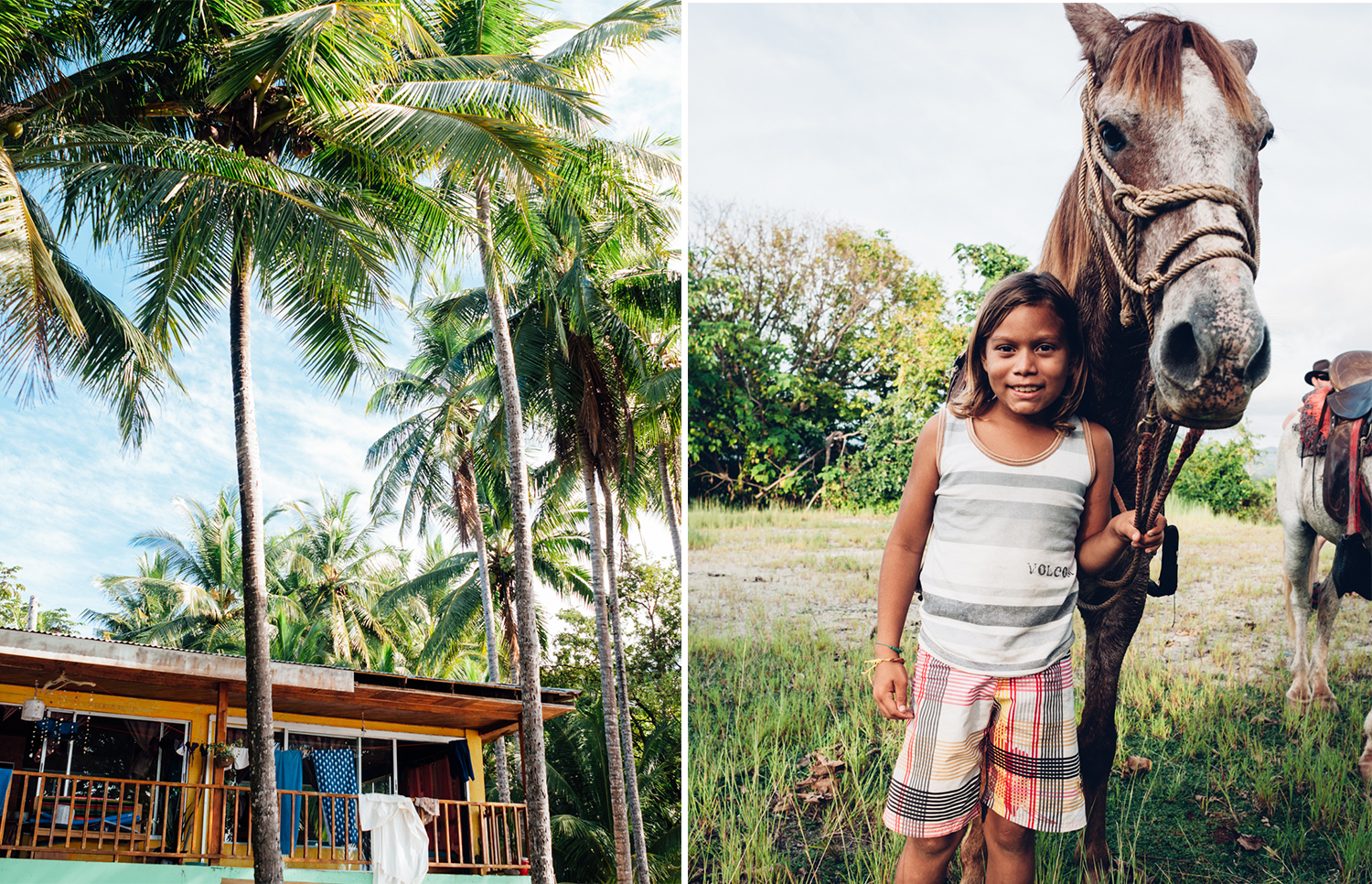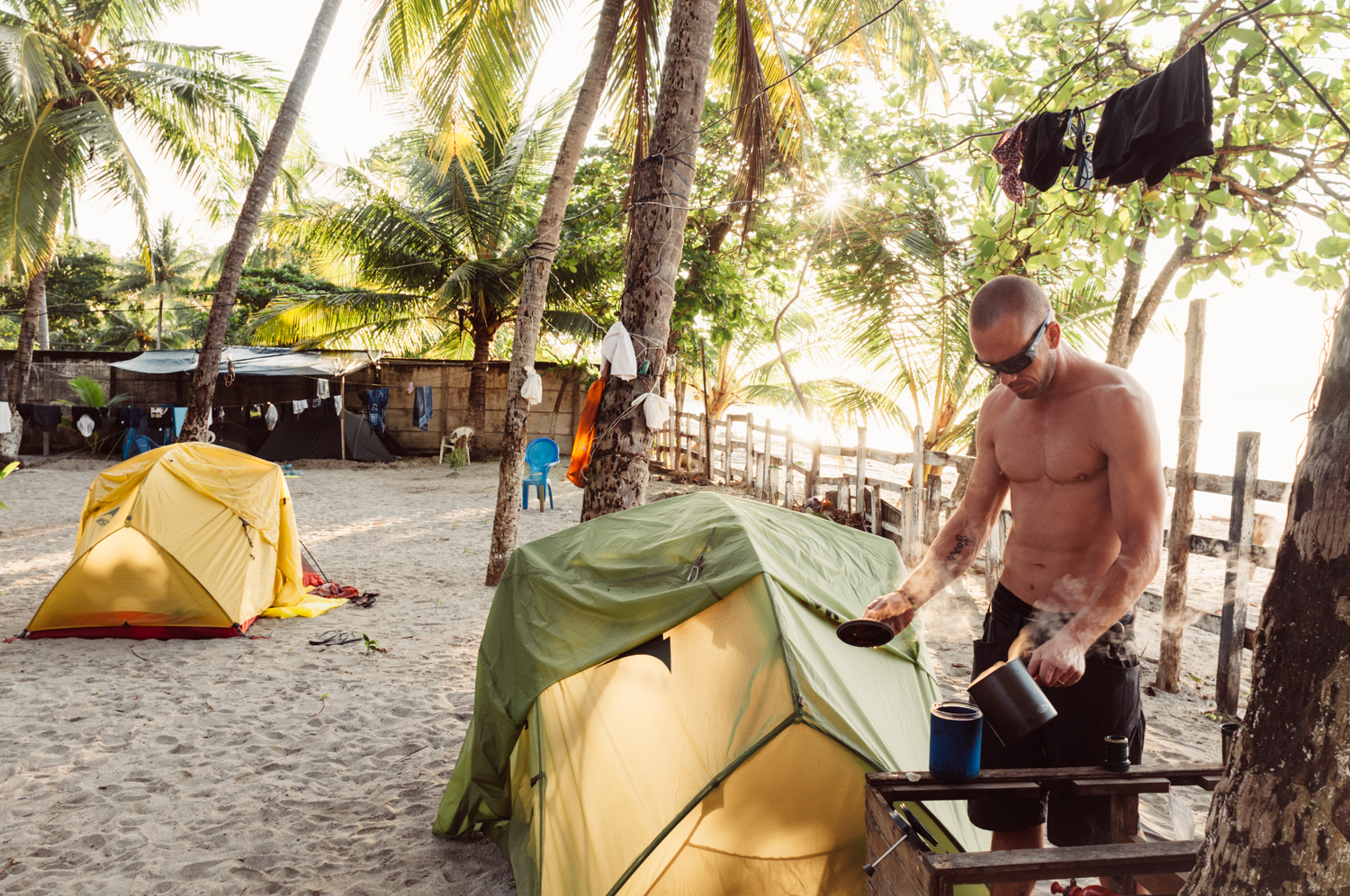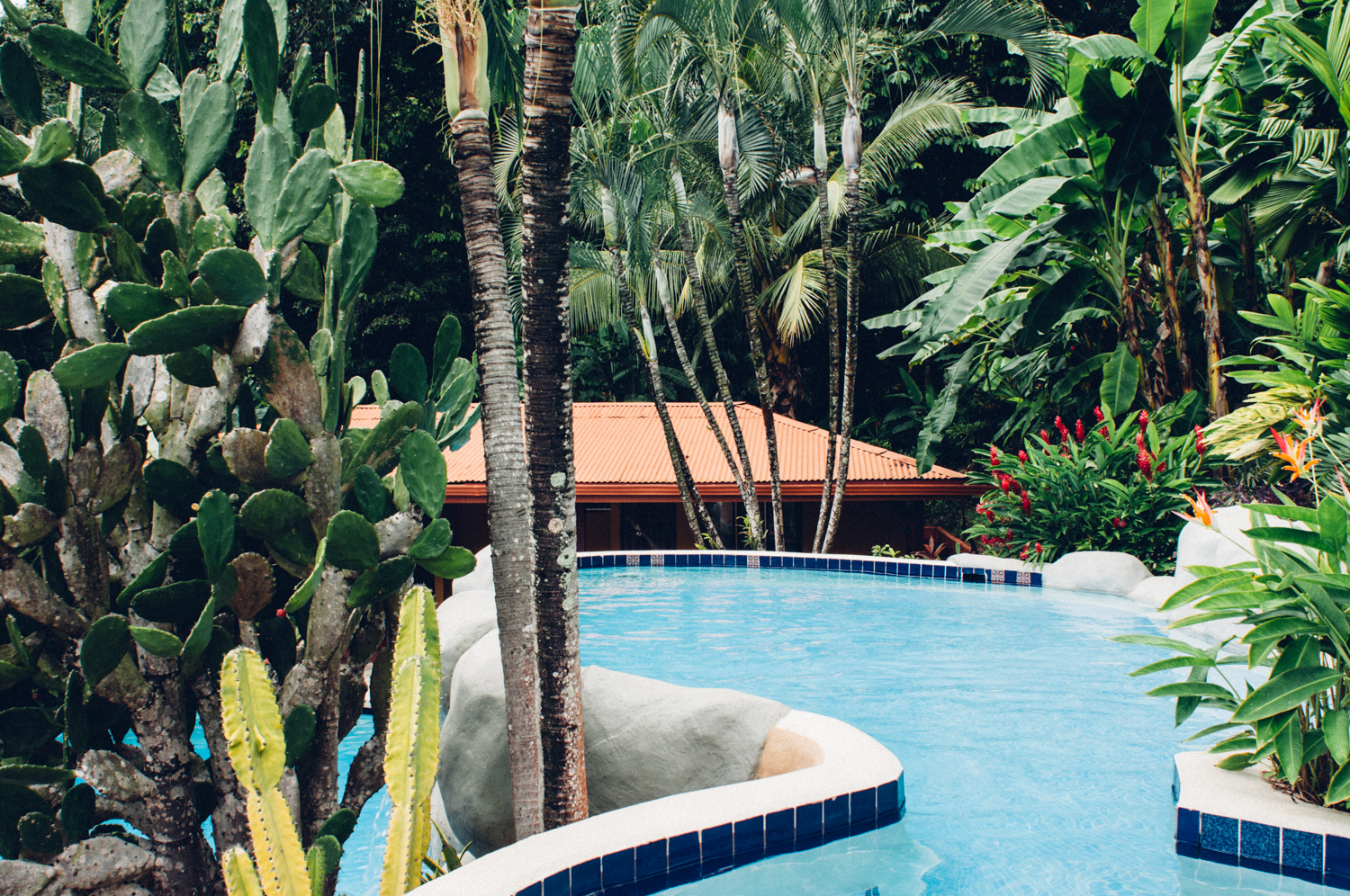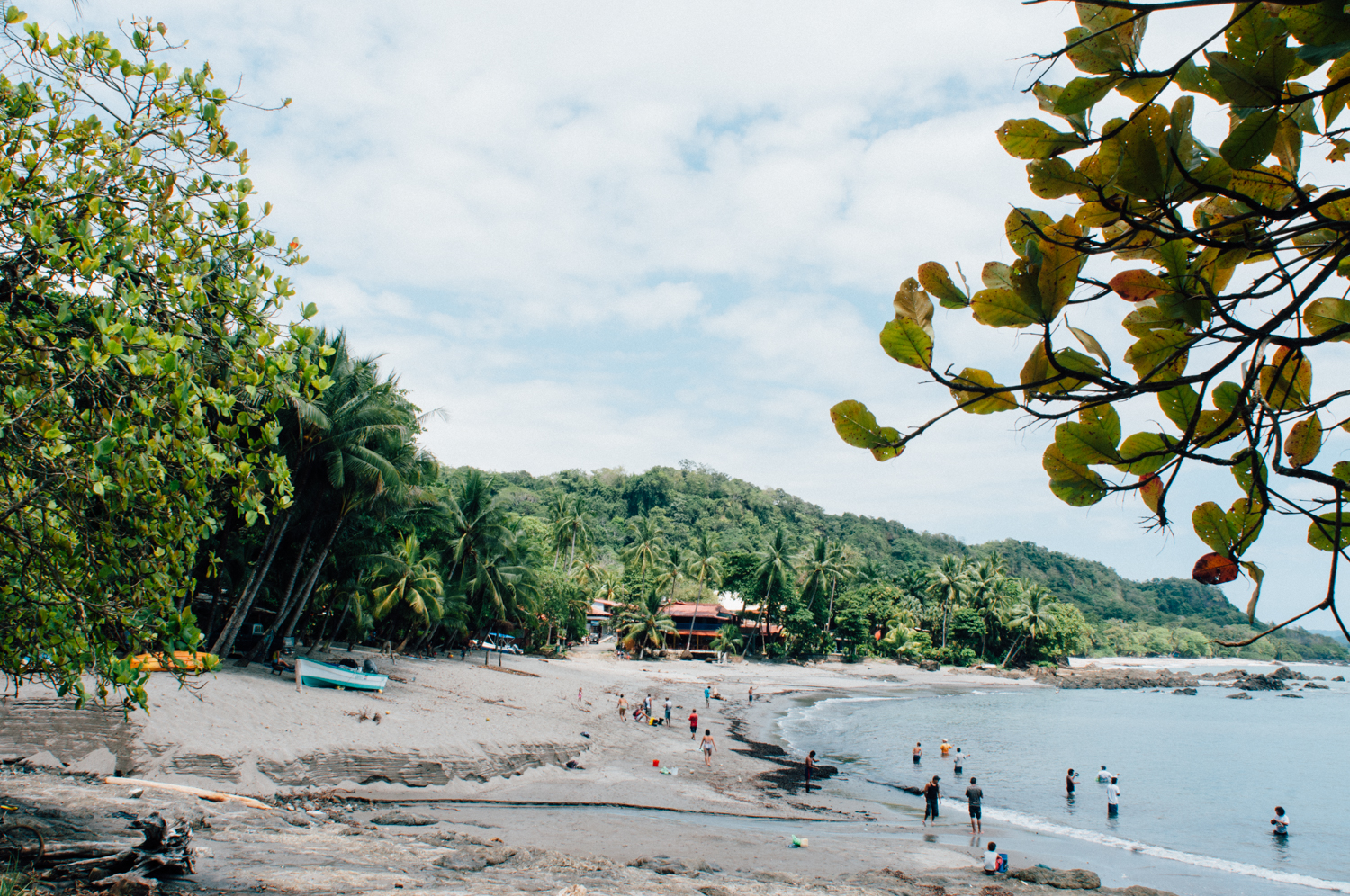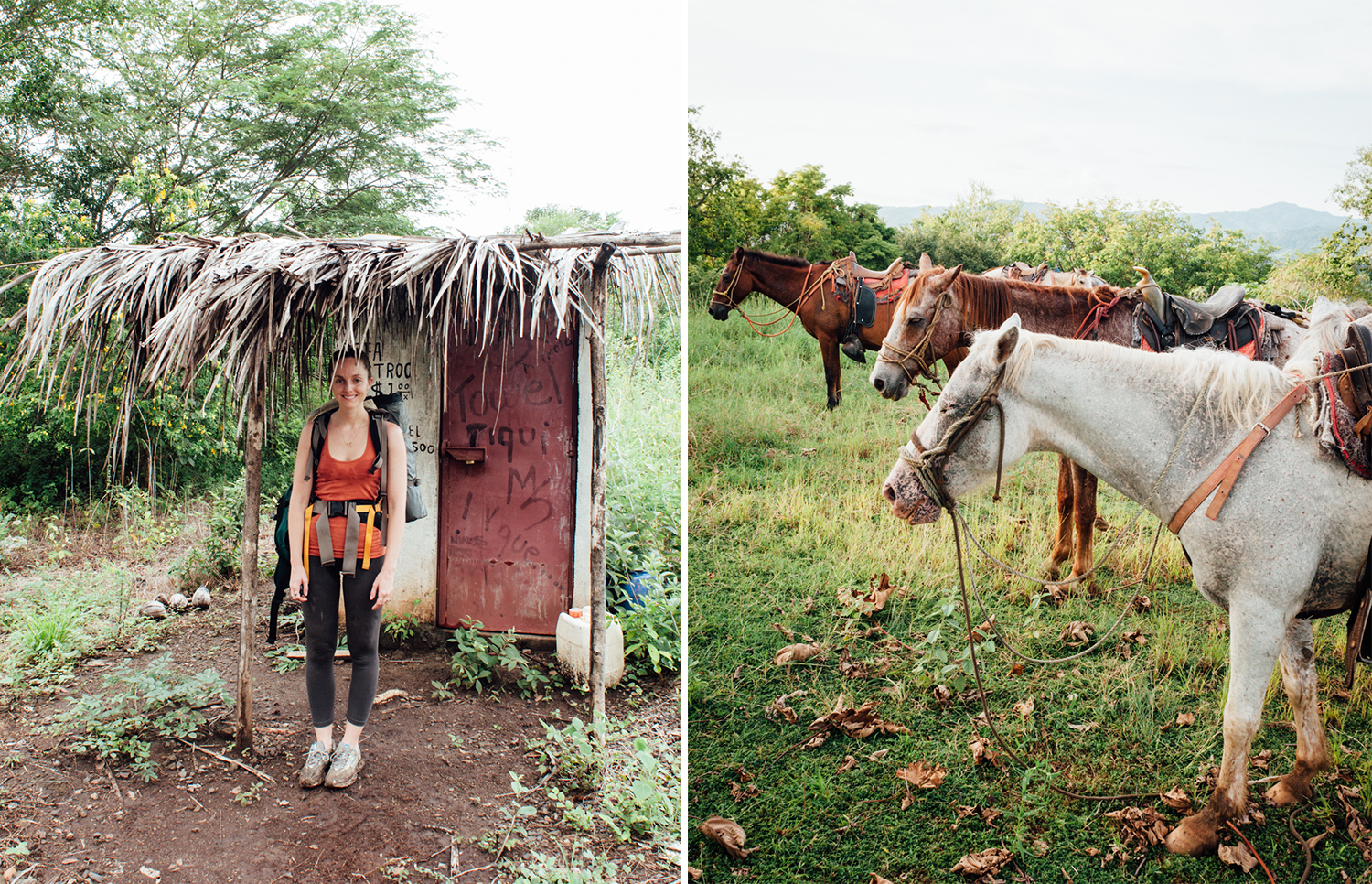The Costa Rican Roadtrip, Part 1: Playa del Coco to Nosara
There we were: two couples plus two of my girlfriends in two SUVs for a week in Costa Rica. A very ambitious itinerary was planned – from Playa del Coco down to the Osa Peninsula, across to Limon on the Caribbean side, and back – which demonstrates the absurd amount of ignorance we had about Costa Rica, a country which, if pressed to be described in one word, I would use “inaccessible.”
Hours into the first stretch down the western side of the Nicoya Peninsula we realized how undoable our plan was. Besides the main highway, every road is really meant for an off-roading vehicle ready to tackle the bumpy terrain and cross the rainy season rivers. We couldn’t even make it to Nosara, blocked from the north by flooded streams. The Osa and Limon were quickly scrapped.
The Itinerary: Playa del Coco is the only location in Costa Rica that boasts year-round diving (other locations suffer from runoff in the water or weather problems). Come see the big pelagics off the coast of this sleepy fishing village. The crowd is more retirees-in-white-tennis-shoes than young-surfer, though, so if the latter is what you’re seeking, head down to Tamarindo. Great for beginner or advanced surfers, there is plenty to do in this lively (if touristy) town.
The Highlights: Roadside ceviche. Downpours in the jungle. Waiting 2 hours just north of Nosara, watching local villagers move debris from the river and threatening the structure of the bridge.
Worth Checking Out… The Monkey Park near Tamarindo. More than just monkeys, this well-kept park houses an ocelot, alligator, toucan, various exotic birds and spider monkeys. We must’ve been the only tourists in Costa Rica NOT to see monkeys in the wild, so it’s a good thing we stopped here. Your $10 entrance fee goes towards the rehabilitation of these animals, who are nursed back to health and reintroduced into the wild when possible.
Part 2: Bagaces to Arenal
After our plans to explore the Nicoya Peninsula were thwarted by seasonal flooding, we decided to embrace the rains and head up north instead, towards Lake Arenal.
The Itinerary: From Tamarindo drive towards Bagaces and then further upland to Volcan Tenorio. There are tons of smaller national parks to explore in this region, each boasting its unique flora and fauna. We found a great camping spot in a farmer's foggy field, high in the hills. After enjoying a breakfast of eggs and beans, the proprietress insisted we see the Celeste Catarata, the aqua-blue waterfall at the beginning of Tenorio Volcano National Park, before heading back down the hill.
The drive from Tenorio to La Fortuna on Lake Arenal was the longest and dullest of our trip, but the Arenal area has no shortage of things to do. A vacation in Costa Rica is not complete without the requisite zipline canopy tour, and I was super impressed with SkyTrek. $75 gets you a ride on a series of seven ziplines, each precariously high above the canopy and long enough to make you question what the hell you were thinking.
Skip the tourist trap of La Fortuna and do as we did: camp near the natural hot springs. There are plenty of hotels and spas if you prefer (each more kitschy than the last), but there really is nothing more exciting than sleeping in the rainforest at night. Follow the locals for the best hangouts in the steaming pools.
The Highlights: Swimming in natural hot springs with local Quakers by candlelight. Spending the considerable drive on the lookout for wildlife, only to find it once we gave up in the yard of a restaurant. Coatis (like a Costa Rican raccoon)! Facing my fears (while closing my eyes) on the longest zipline in Costa Rica.
Worth Checking Out… The Llano de Cortez waterfall near Bagaces. Follow the signs near a roadside fruit stand and start the hike down into the valley. During the dry season, join the locals for a picnic on the beach of this picturesque cascade of water. During the wet season...well, let’s just say it was like a hurricane down there. But an adventure nonetheless.
Part 3: Montezuma to Samara
As our vacation was only a week long, we had to start heading back to our starting point in Playa del Coco on the Nosara Peninsula, but a road trip is always more fun when you take the long way.
The Itinerary: From Arenal, drive direction Monteverde, home of the famous cloud forest ecosystem. If artisanal goat cheese made by artists-cum-farmers is your thing, Monteverde is your destination. We, however, did not have time to check out this area and instead drove straight to the port town of Puntarenas. Beware: Driving the road from Monteverde to San Ramon at night is not the smartest move. Narrow, winding mountain roads covered in fog make the oncoming trucks even harder to spot. Puntarenas is your typical port town, full of seedy characters and shabby motels, and not really worth overnighting in. Catch the 90-minute ferry to Paquera (cars welcome) to explore the southern Nicoya Peninsula.
Montezuma is the Mecca of totally tubular surf towns, with sleepy-eyed white chicks selling sea shells by the sea shore. Without the tourists that crowd the beaches in the high season, it is quite the spectacular destination. The jungle stops where the sand starts, and you can hear the monkeys calling from your beach towel. Sunrise shell collecting and the short hike to Montezuma Falls are a must. We heard that nearby Mal Pais has better breaks and more secluded beaches, and if it’s good enough for Gisele, it’s good enough for me.
From Montezuma it is difficult to continue up the coast, so head inland until you see signs for Samara. This small, typical tourist town sits on a long stretch of sand that seems to never end. I recommend campground Los Cocos, located right on the beach and right next to a small hotel with fabulous food and even better cocktails. Going horseback riding was one of the trip highlights, and not to be missed. At just $20 for an unlimited ride, our local guide took us up the cliffs overlooking the town, through a river, and to a famous surf beach to watch hatching turtles. It wasn’t until after we had crossed the river that he told us we should return before the crocodiles emerge!
The nearby town of Nosara is known as the place for turtle nesting, and after sundown during a full moon in October is when the magic happens. The local children will show you where the nests are – just be sure not to mislead the green sea and leatherback hatchlings with your flashlights.
The Highlights: Watching baby turtles hatch by the hundreds on the beaches of Nosara and bringing them, by the hatful, to the shore. Riding on horseback across the silvery sands by moonlight back to our campsite. Successfully towing our overheated 4×4 with hammock straps after being stranded in the jungle.
Worth Checking Out: Costa Rica, in the slow season. To be honest, Costa Rica sounded like another south-of-the-border destination with too many Americans for me, but I was pleasantly surprised at how inaccessible most of the country has remained. We went in October, and flights were cheap ($350 from NYC) and accommodations even cheaper. Locals are eager for business and you have many places all to yourselves. Come March and beaches such as Samara will be packed, so it pays to come when it rains. In any case, “rainy season” does not necessarily mean no sun – half of our vacation was spent catching rays – and if it does, there is always the rainforest.

